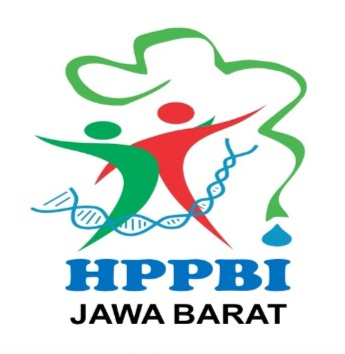Author Guideline
1. Title
The title is written in Times New Roman 14, bold, center. Writing titles capitalizing each word. For Latin terms follows the rules for writing Latin names. Non-local information such as school name and year of research does not need to be included.
2. Author
- The author's name is written in full, not abbreviated, and not accompanied by a Bachelor/Master/Doctoral degree or any aother title with Times New Roman 11, bold, center. Writing names capitalizes each word. Names of different institutions, each with an apostrophe in the form of a number. While names belong to the same institution, it is enough for the first name to be given a numerical apostrope. The corresponding author is given an apostrophe in the form of an asterisk (*).
Example:
Different institution = Fabila Mahadira1*, Septian Dwi Cahyo2, Taylor Swift3
Same institution = Fabila Mahadira1*, Radhika Yudhistira, Vinca Zilvana
- Affiliation information is written in the form of the name of the university or institution accompanied by the city and country name with Times New Roman 11 and center.Contoh: Fabila Mahadira1*, Septian Dwi Cahyo2, Taylor Swift3
1Universitas Pakuan, Bogor, Indonesia
2 BRIN, Cibinong, Indonesia
3 New York University, New York, America
- Corespondence
The author's name has been marked with an asterisk (*), and then an email for correspondence is provided. The email is an institutional email. Writing in Times New Roman 10, italic, blueprint.
Example: *Email: [email protected]
3. Abstract
The abstract title is written using Times New Roman 11, bold, center. Meanwhile, the contents of the abstract are written in Times New Roman, 10, single space, and justify. The contents of the abstract contain the research objectives, methods, and results. The maximum number of words in the abstract is 350 words. Writing keywords (TNR, 10) is a maximum of 5 words, arranged alphabetically; no initial capital letters are required except for abbreviations, and for Latin name terms, follow Latin name rules. The separator between words is a semicolon (;).
Example:
Keywords: booklet; education; learning media; MBKM; Oryza sativa
4. Introduction
The contents of the introduction are written in Times New Roman, 11, single space, and justify. The introduction contains the background of the research, the problem in the research that requires research, the latest related research, and the objectives of the research. The introduction uses a minimum of 10 citations originating from international and national journals within the last 10 years.
5. Method
The contents of the method are written in Times New Roman, 11, single space, and justify. The method contains the name of the method, why the method is used, the research target or object, the research location, and appropriate references.
6. Result and Discussion
The contents of the results and discussion are written in Times New Roman, 11, single space, and justify. Results can be presented in the form of tables and figures (examples are in the template) included with the description. This discussion includes a minimum of 10 citations originating from international and national journals within the last 10 years. This discussion reviews the results obtained and then relates them to the literature, whether they are appropriate or not. Then you can answer why it is appropriate or not. At the end of the paragraph, state the contribution of the research results to the country.
7. Conclusion
The contents of the conclusion are written in Times New Roman, 11, single space, and justify. The conclusion is prepared in just one paragraph, which conclude the research finding. Also provide a statement regarding the benefits of the research results for the country.
8. Reference
The minimum number of references is 20 from international and national journals. Writing references using the Mendeley application with APA style 7th edition.









